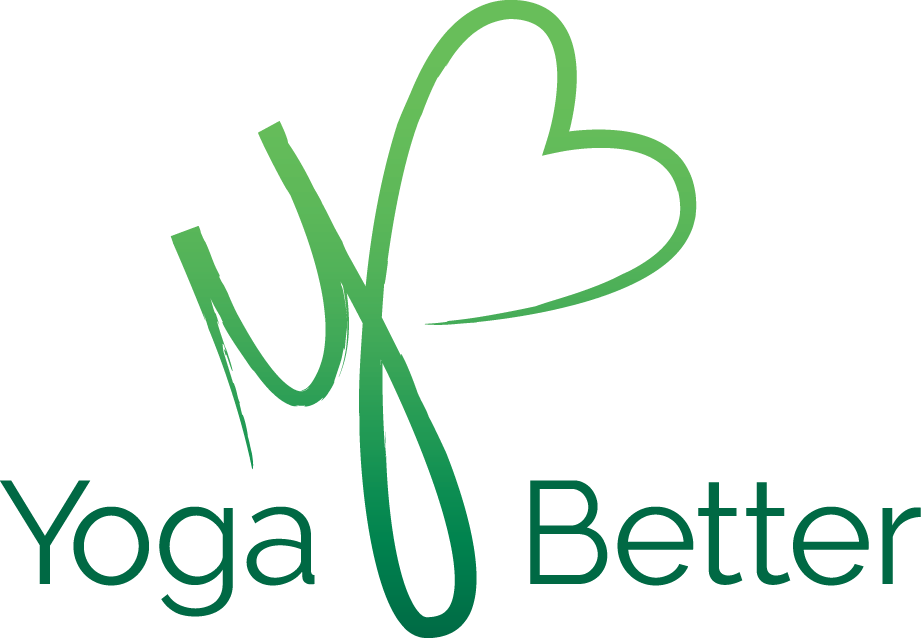What is Soreness? Here at Yoga Better, we love questions and over-the-top proclamations (for the questions they inspire!). So when we say, “If you guys notice you’re sore tomorrow from this work, just let me know and I’ll give you a high five!”, we must really mean it. There are two kinds of soreness. First, and most common, is the…
Sore Subject


